Ever wondered if watching a recorded lecture on your phone while walking the dog, or kids doing maths with apps at the kitchen table, actually counts as real school? The world is way past the days of distance ed being one-size-fits-all. When my son Vihaan does his spelling quizzes in his jammies and my dog Buddy snores in the background, is that official learning or just a parent cutting corners? Let's untangle what 'distance education' really means now, who benefits, and what it actually looks like for regular families, students, and everyone in between.
Understanding What Modern Distance Education Really Is
Distance education sounds fancy until you break it down: you’re learning away from school (or campus), often with tech doing the heavy lifting. But is it any video or lesson you do at home? The short answer: not quite. Distance education is a legit way schools and universities deliver lessons when teacher and students aren’t in the same place—sometimes not even in the same country! Laptops, tablets, even good old post, all count, depending on how the lessons get from teacher to learner.
The real key: there’s structure. Whether it’s New South Wales’ School of the Air sending radio lessons to kids on cattle stations, or a business management degree you finish from your living room in Sydney, what matters is there’s a program, proper feedback, and real support. Live Zooms, asynchronous videos, chat rooms, or printed packs—they all fit into the modern definition. The Australian Government actually defines it as “an educational process in which students receive instruction and content at a location remote from the instructor.” So, that covers pretty much anything not in a shared classroom, as long as it’s specifically designed as 'distance ed'.
Here’s a stat that surprises people: By 2024, around 40% of all tertiary students in Australia took at least one unit online, and roughly 6% of school-aged kids experienced formal distance education during COVID lockdowns. Some never returned to campus, not because they had to shield but because they loved the flexibility. This shift isn’t just for outback kids or high-flying execs either—it’s mainstream, and it often doesn’t cost more than brick-and-mortar school. One thing parents ask: Does distance learning mean just staring at screens all day? Nope. Most programs mix live sessions, group chats, hands-on tasks (think making a volcano in your backyard), and real assignments. Surprisingly, a lot of distance ed services include options for face-to-face meetups, exams in supervised centers, and even social clubs—Buddy would approve of the dog walkers club if there was one.
Some courses mail books and paper workbooks (yes, still in 2025!), others use slick platforms like Moodle or Canvas. The key is it’s organized with a certified teacher or lecturer overseeing learning, checking progress, and making sure no one gets left in the digital dust.
One thing that stands out: The 'distance' isn’t always about space. Sometimes, it’s about time. Students can watch lessons or submit work hours (or days) after it’s posted. This flexibility helps students fit learning around work, sport, or—let’s be honest—family chaos. My mate’s daughter studies psychology remotely, juggling shifts at the local café, and logs into group discussions at midnight from her phone. For some, it means options. For others, it means survival.
Some providers even blend on-campus and remote modes. This is called 'blended learning,' but if you mostly learn away from school, you’re still doing distance ed. Teachers use video feedback, podcasts, and sometimes even snail mail, so students can learn where and when works best. Another fun fact: Australia’s had legal forms of distance schooling since the 1920s, originally via radio lessons spread across huge distances in the Outback. This tradition paved the way for today’s internet-based programs, many of which are now fully recognized by state and national education authorities, just like regular schools and universities.
So, what doesn’t count? Just Googling answers for homework, or watching YouTube videos for fun, isn’t distance education unless a teacher or program designs and supervises it with assessment and official goals in mind. Even for adults, a self-paced online cooking class doesn’t count unless there’s guided feedback and tracking from an instructor. That’s why a short Udemy course is different from a government-approved remote TAFE program.
According to the International Council for Open and Distance Education, distance learning must offer a “planned learning experience, managed and monitored by education professionals.” To be clear: if you’re doing a program with set lessons, feedback, and a recognized educator at the helm, you’re in the distance education club.
“Distance education has become an essential route for millions seeking flexibility and access to quality learning—no longer a second choice but often the first,” said Professor Sarah Mitchell, Sydney University’s digital education expert, in a 2023 interview.

Ways Distance Education is Delivered Today
Distance education isn’t a single thing. Depending on if you’re in the bush, down the street, juggling jobs, or just want to learn your own way, it comes in flavors—some entirely online, some blending tech and tradition. Let’s untangle how providers actually deliver these programs so both parents and students know what to expect.
You’ve probably heard terms like ‘online learning,’ ‘correspondence school,’ ‘virtual classrooms,’ or even ‘remote study.’ Here’s what they all boil down to:
- Fully Online Learning: This is the big one post-2020. Everything happens online—video lessons, electronic assignments, digital chat. Platforms like Moodle, Canvas, Google Classroom, and Blackboard deliver lessons no matter where you are, as long as you’ve got wi-fi (a decent hotspot or public library does the trick).
- Live Virtual Classes: Think group video calls—students and teacher chat, ask questions, present work, all live. My son Vihaan does music lessons this way, and if Buddy barks, the mute button is a lifesaver.
- Asynchronous Courses: You log on, download lessons, and work through them at your own pace. Some require weekly check-ins; others, just finish by the semester.
- Correspondence and Print-Based Learning: Still popular for remote Aussie families with patchy internet. Students get posted workbooks, mail back assignments, and connect to teachers by phone or radio. I know kids in western NSW who finish high school this way and go straight to uni—yep, it truly does work!
- Blended (Hybrid) Models: A mix. Some days online, some at a local learning center or for special workshops and exams. This is handy for families who want more independence but still crave real-world meetups and supervision.
- Self-paced Programs: Usually seen at the uni and TAFE level, these let you finish material over a flexible time frame. Adults returning to education—or teen athletes training overseas—love this option.
What’s surprising is how advanced the tech has become in the last five years. Video feedback is now common: teachers record short personalized notes and send them back to students. Every state in Australia has recognized distance education providers (like the NSW Virtual High School), and even international platforms like Coursera are accepted for some university credit. For assessments, students may complete assignments online or take proctored exams via webcam. Some schools even schedule practical workshops during school holidays so students can do face-to-face science labs or arts projects with peers.
Distance education at primary and secondary level in Australia is heavily regulated: only approved schools can offer official credentials, and all teachers must be accredited. This means remote students receive the same quality standards as those in traditional classrooms. Most programs provide regular “check-ins,” sometimes via phone or live chat, so families and teachers can keep track even if there’s a tech meltdown (or a kid is sick). The goal is to avoid anyone falling behind or feeling isolated.
And it’s not just for kids. Grown-ups are the fastest-growing group! Working parents, military families, athletes, expats, people living with health challenges—distance education opens doors that regular timetables can shut in your face. Even language and creative arts programs (think film production evaluations, music recitals by video) are widely available.
I get asked if home schooling counts. Here’s the thing: unless it follows a government-approved distance education curriculum and has official teacher oversight (not just mum or dad marking work), it’s usually classified differently under Australian law. Distance education is a formal program with full support and recognized outcomes—it’s not just DIY education at home.
Another common question: Are online degrees real? Short answer—if they’re from accredited universities or TAFEs, yes. Hundreds of Australian degrees, certifications, and diplomas are available by distance mode, with many graduates finding employment or further study without stepping on campus. In some cases, you can live two states away and still graduate with the same diploma as students who were physically present every day.
What’s the day-to-day like? In our house, distance ed means logging in before breakfast, planning short study bursts between family life, and getting feedback by video from actual teachers. Many programs have digital calendars, chat groups, resource banks, and peer forums—it’s honestly hard not to keep up if you’re motivated. For parents, there’s added responsibility, but the support networks can be incredible. Weekly emails, live helplines, and parent webinars give you the tools you need, even when spelling and maths have changed since our own school days.
New tech is always coming. Some platforms use AI for instant feedback on essays, others are rolling out VR field trips (imagine touring the Louvre from your lounge in Sydney!). And for kids fighting fatigue, accessibility settings—voice-to-text, colored overlays, larger print—are often built-in. This removes hurdles so learning can focus on knowledge, not logistics.
In a nutshell, whether you’re posting off hand-written fractions or streaming a calculus lesson over broadband, distance education adapts—always supervised, always evidence-based, and increasingly mainstream. The end game? Same standards, more control over your own learning journey.
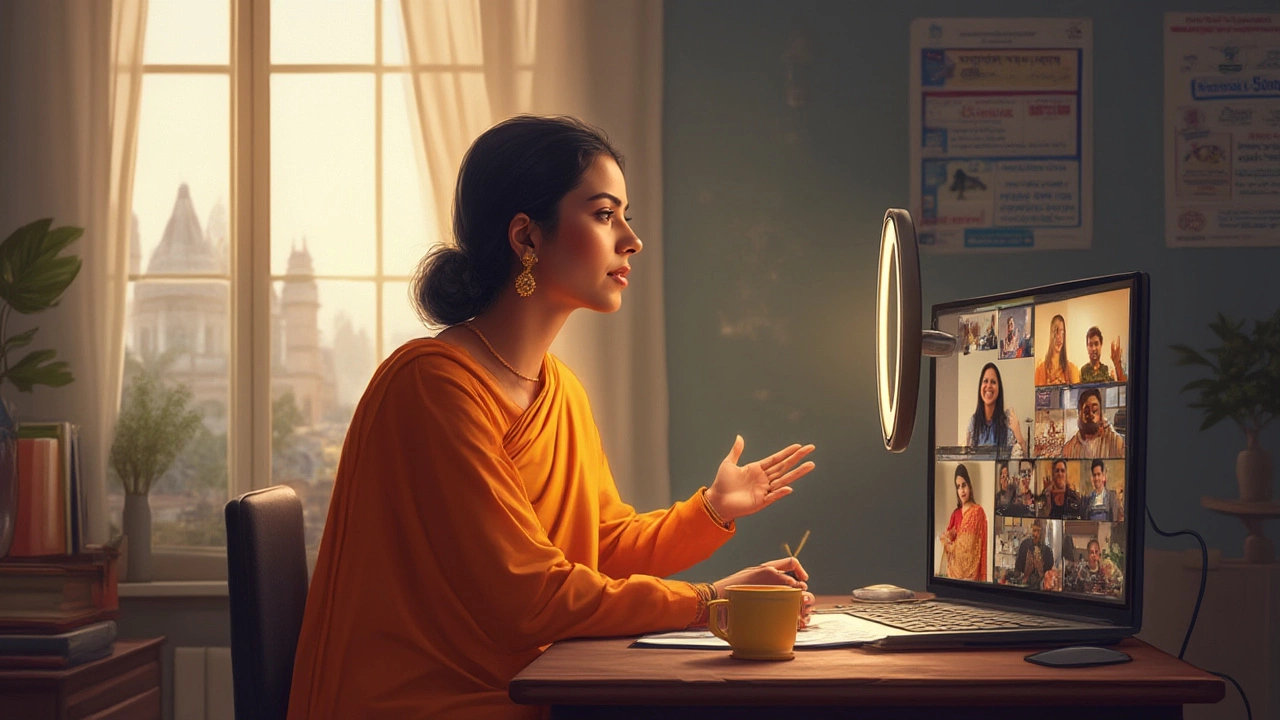
Making the Most of Distance Education: Tips, Facts, and Real-Life Insights
Diving into distance ed can feel like learning to ride without training wheels. There are perks, but it’s not all smooth sailing—there are real challenges too, especially for families new to tech, routine, or balancing school with everything else life throws at you (my dog Buddy would love school if snacks were involved!).
First up—a fact worth knowing: Research by the Australian Council for Educational Research found that students who develop “strong self-management and digital skills” do just as well, sometimes better, in distance learning than those in face-to-face classrooms. This boils down to routines. The most successful distance ed students (and their parents) plan each day, set realistic goals, and check off tasks like it’s a video game.
- Get tech-ready: Make sure your home setup works for your needs. You don’t need the fanciest laptop, but a solid device, reliable internet, and a quiet corner (or noise-cancelling headphones) make a difference. You’d be shocked how many students hand in assignments from cafes, libraries, or even parked cars when their home internet hiccups.
- Set a comfortable routine: Whether you’re a morning person or a night owl, set regular study slots. For younger kids, stick to school-like hours—it builds independence and keeps them in sync with classmates.
- Stay connected: Don’t ghost your teachers. Most distance education providers expect weekly or even daily check-ins. Drop a message, reply to emails, or join live Q&As—even a quick hello shows you’re engaged and keeps you on track.
- Use resources: Most programs offer libraries of guides, videos, and peer groups to troubleshoot everything from tricky maths to essay planning. Tap into them—the only silly question is the one you don’t ask.
- Look after mental health: Distance ed can get lonely; make time for video calls, online study buddies, or even clubs outside school. Pets are good therapy too—Buddy sure thinks so!
- Track progress: Many platforms provide dashboards to check grades, missing work, and feedback. Keeping an eye on these stops surprises at report time.
- Mix it up: Too much screen? Switch to paper notes, audio books, podcasts, or hands-on activities. Cooking dinner or building a birdhouse can count as applied science or maths—just document what you do and show your teacher.
- Advocate: If you’re struggling (with the tech or the work), ask for help. Support services exist for a reason—from IT helplines to learning coaches and even extra tutoring.
If you’re still wondering if distance education “counts,” here’s the litmus test: Will you leave with an official qualification, have your learning checked by a certified educator, and meet curriculum standards? If the answer’s yes, you’re the real deal—whether you’re in the middle of Sydney, a sheep station in remote Queensland, or commuting by ferry down the Hawkesbury.
Something a lot of outsiders don’t realize: For some families, distance ed isn’t a stopgap. It’s the best choice—for flexibility, for health, for lifestyle, or for access to specialty programs you can’t get locally. Australia’s recognition of these programs means distance ed isn’t a shortcut; it’s a solid, robust alternative. Just remember: as with any education, you get back what you put in. No free rides—even if the classroom is your lounge room, and the school bell is the kitchen timer.
If you want the official scoop, every state’s education department lists approved distance ed programs, what they offer, and the tech or support you’ll need. Don’t be shy about contacting providers: most are happy to walk you through options, answer concerns, or recommend what's best for your family's situation. The most important thing isn’t the method, it's that every learner gets the tools and support to thrive—distance education just happens to be the bridge that makes learning possible for so many Aussie families now.
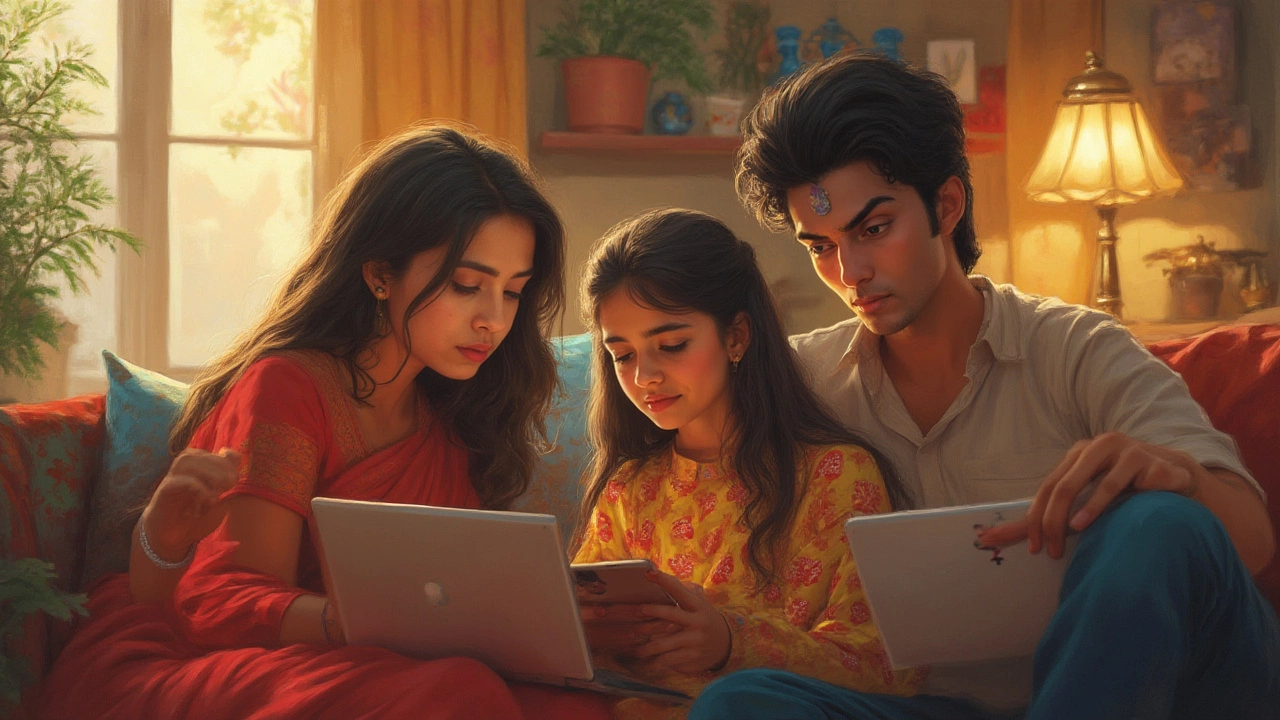

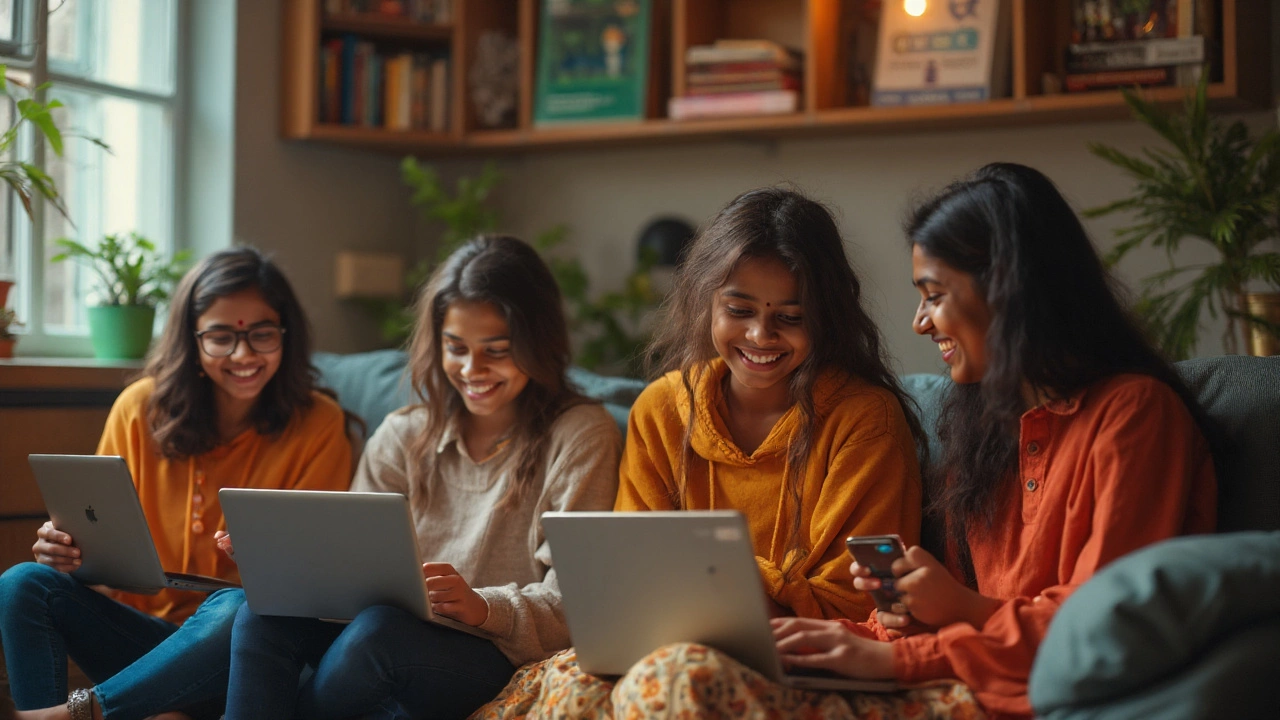
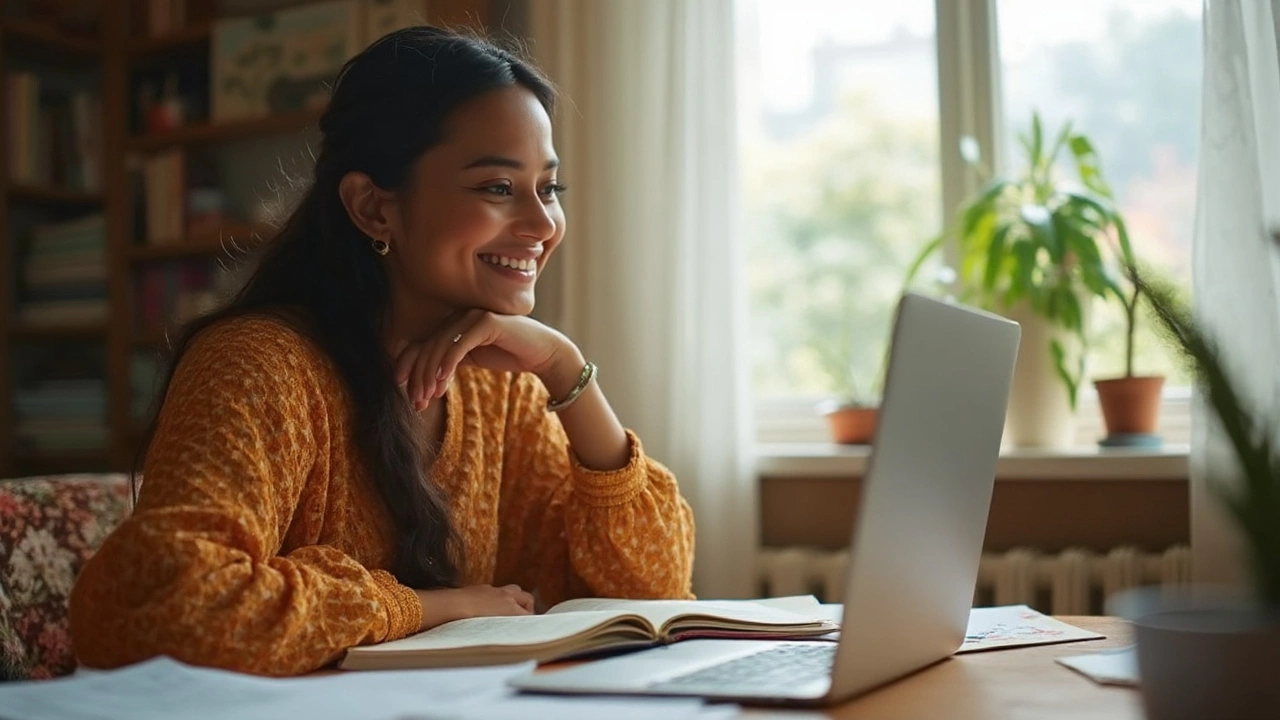
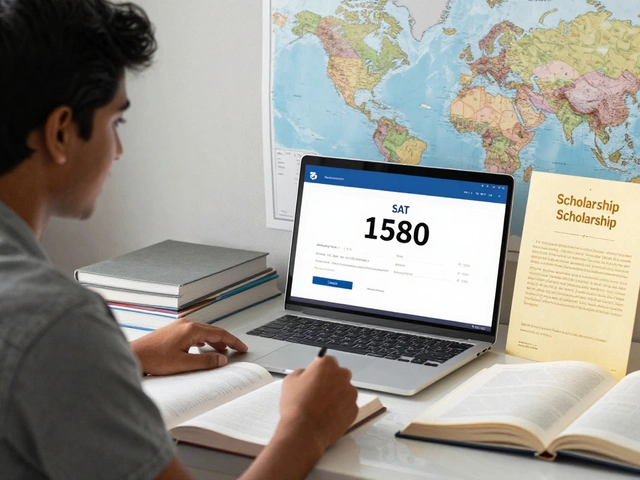
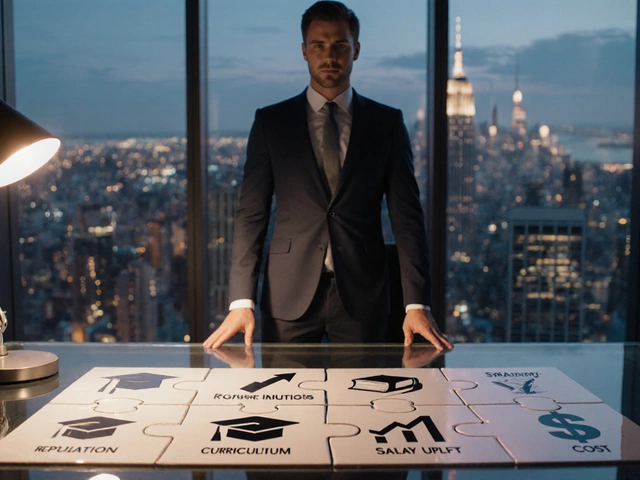

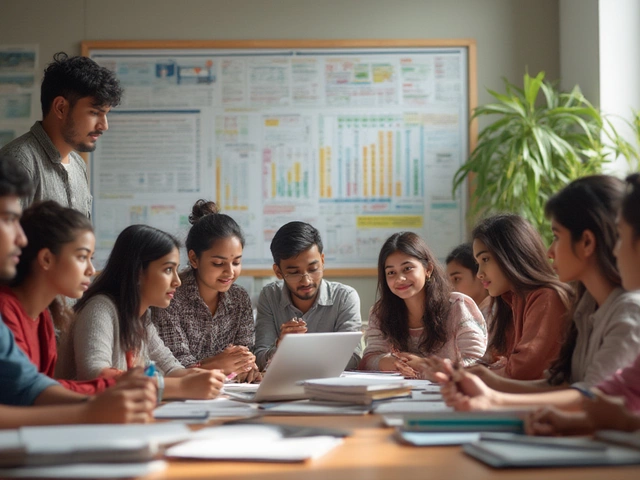
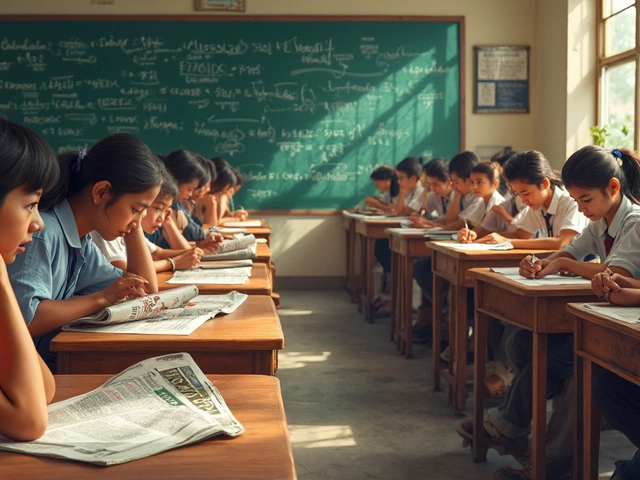
0 Comments